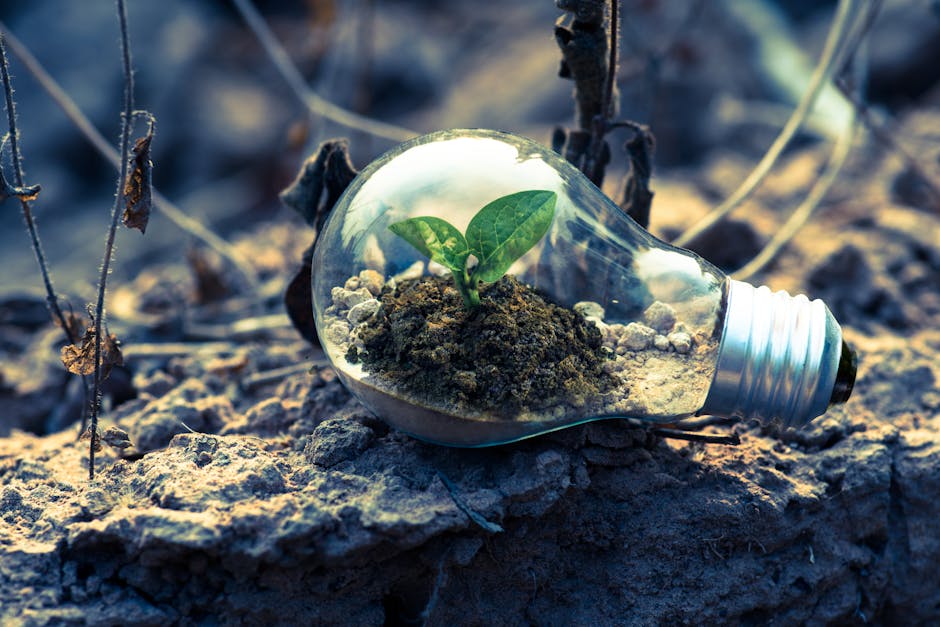**
Introduction: Why ‘미래 식량 안보와 대체식품’ Matter?
In the face of increasing global challenges such as climate change and population growth, the term ‘미래 식량 안보와 대체식품’ has become a focal point for sustainable development discussions. As we look towards the future, ensuring food security while innovating with alternative foods presents a crucial opportunity to meet these challenges head-on. But what exactly does this entail, and how are products like 식물성고기 and 배양육 shaping our future food landscape?
Understanding the Concept of 식량안보
What is 식량안보?
식량안보, or food security, refers to the availability, access, and utilization of food in a way that meets people’s dietary needs and preferences. It’s a balance between demand and supply, ensuring that all populations have reliable access to sufficient, safe, and nutritious food.
Why is 식량안보 Important for the Future?
As the global population is expected to reach 9 billion by 2050, traditional agricultural methods may not suffice to meet food demands. The need for sustainable sources of nutrition has never been more pressing. This is where 대체식품, or alternative foods, come into play, offering innovative solutions to bolster 식량안보.

The Rise of 대체식품: Alternative Foods Revolution
What are 대체식품?
대체식품 are foods designed to replace traditional animal-based products. They include 식물성고기 (plant-based meats), 배양육 (cultured meat), and other forms of 대체단백질 (alternative proteins). These innovations aim to provide similar taste, texture, and nutritional benefits while reducing environmental impact.
Key Types of 대체식품
- 식물성고기: Made from ingredients like soy, pea protein, and other plant-based sources, these products mimic the taste and texture of meat.
- 배양육: Produced by cultivating animal cells directly, this method eliminates the need for raising and slaughtering animals.
- 대체단백질: Includes protein derived from insects, algae, and fungi, offering diverse and sustainable protein sources.
푸드테크: Technology Driving the Future of 식량안보
How is 푸드테크 Shaping the Industry?
푸드테크, or food technology, is revolutionizing how we produce and consume food. Innovations in biotechnology, data analytics, and precision agriculture are enhancing yield efficiencies and reducing waste, pivotal in achieving 식량안보.
Examples of 푸드테크 Innovations
- Vertical Farming: Utilizing urban spaces to grow crops vertically, maximizing space and reducing transportation emissions.
- Bioreactors: Used in the production of 배양육, allowing for meat production with minimal environmental impact.
- Blockchain Technology: Ensuring transparency and traceability in the food supply chain, enhancing trust and security.
지속가능농업: Sustainable Practices for a Secure Future
What is 지속가능농업?
지속가능농업, or sustainable agriculture, involves farming practices that maintain productivity while minimizing environmental impact. It’s about creating a balance that meets current food needs without compromising future generations.

Principles of 지속가능농업
- Soil Health: Maintaining soil fertility through crop rotation and organic inputs.
- Water Conservation: Efficient water use practices like drip irrigation and rainwater harvesting.
- Biodiversity: Encouraging diverse ecosystems to enhance resilience against pests and diseases.
The Role of Consumer Behavior in Embracing 대체식품
Are Consumers Ready for a Shift?
The acceptance of 대체식품 largely depends on consumer willingness to adapt to new dietary habits. Education and awareness about the benefits of alternative foods are essential in driving this shift.
Trends in Consumer Preferences
Increasingly, consumers are seeking sustainable and ethical food options. The rise of veganism and flexitarian diets indicates a growing openness to 대체식품, driven by concerns about health, environment, and animal welfare.
Conclusion: A Collaborative Effort for Securing Our Future
Ensuring future 식량안보 while embracing 대체식품 requires a multi-faceted approach involving innovation, sustainable practices, and consumer engagement. As we continue to explore and develop these alternative food solutions, collaboration among governments, businesses, and individuals will be crucial in paving the way for a secure, sustainable, and nutritious future.

Join the conversation: How do you see the role of 대체식품 in our future? Share your thoughts in the comments below or spread the word by sharing this article with others!
